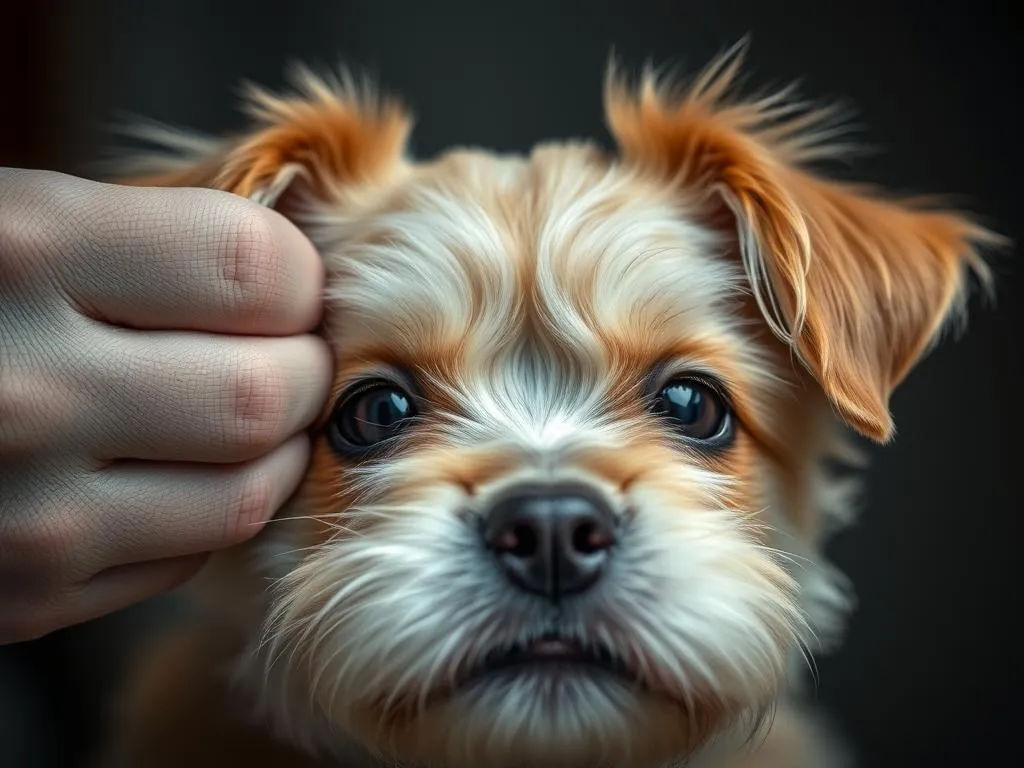
Maintaining your puppy’s health involves various aspects, one of which is nail care. Regular nail trimming is essential for a puppy’s well-being, not only to keep their paws looking neat but also to prevent potential health issues. Overgrown nails can lead to discomfort and injuries, making it crucial to understand how to properly trim puppy nails.
Understanding Puppy Nails
Anatomy of a Puppy Nail
Puppy nails consist of several components, including the quick, nail bed, and outer shell. The quick is the pinkish area within the nail that contains blood vessels and nerves. Care must be taken not to cut into the quick, as it can cause bleeding and pain. Puppy nails are generally softer than those of adult dogs, making them easier to trim but also more prone to injury if not handled correctly.
Signs Your Puppy Needs a Trim
Assessing whether your puppy’s nails need trimming can be done by examining their length. Ideally, a puppy’s nails should not touch the ground when standing. If you hear clicking sounds on hard surfaces, it’s time for a trim. Additionally, behavioral signs like reluctance to walk or chewing on their paws can indicate discomfort due to overgrown nails.
Preparing for the Nail Trim
Essential Tools and Supplies
Before starting, gather the necessary tools to make the process smoother. You’ll need:
– Nail clippers or grinders: Choose a type that suits your comfort level. Clippers come in guillotine or scissors styles, while grinders use a rotating abrasive surface.
– Styptic powder: This is essential for stopping bleeding if you accidentally cut the quick.
– Treats: These are a great way to reward your puppy and create a positive association with the trimming process.
Creating a Comfortable Environment
Select a quiet, well-lit space where your puppy feels safe. Having all your tools within reach will help minimize stress for both you and your puppy. You want to create a calm atmosphere to make the experience as pleasant as possible.
Acclimating Your Puppy to Nail Trimming
Before diving into trimming, it’s crucial to familiarize your puppy with the process. Start by gently handling their paws, allowing them to get used to you touching their nails. Gradually introduce the clippers or grinders, letting your puppy sniff and explore them. This acclimation phase can significantly reduce anxiety during the actual trimming.
Step-by-Step Guide on How to Trim Puppy Nails
Choosing the Right Time
Timing is essential for a successful nail trim. Aim for a moment when your puppy is calm, perhaps after a walk or playtime when they are more relaxed. Avoid trimming during high-energy periods or right before feeding, as your puppy may be too excited or distracted.
Positioning Your Puppy
Positioning your puppy correctly can make the trimming process safer and easier. You can trim their nails while they are sitting or lying down. You might find it helpful to have someone hold your puppy still or gently wrap their body in a towel if they tend to squirm.
Step-by-Step Trimming Process
- Examine the nail and locate the quick: Look closely at your puppy’s nails to identify the quick. In clear or light-colored nails, the quick is usually visible as a pink line.
- Trim the nail carefully: Using your clippers or grinder, trim the nail just below the quick. If you’re using clippers, apply gentle pressure and avoid cutting too close to the quick.
- Smooth the edges: If you used a grinder, you can smooth any rough edges after trimming.
- Reward your puppy: After trimming each nail, give your puppy a treat or verbal praise. This positive reinforcement will help them associate nail trimming with good experiences.
Dealing with Common Challenges
Fear and Anxiety
Some puppies may display signs of fear during nail trimming, such as whining, pulling away, or hiding. To address this, remain calm and patient. Use soothing words and gentle touches to reassure your puppy. If they seem overly anxious, take breaks and try again later.
Accidental Quick Cuts
If you accidentally cut the quick, don’t panic. Apply styptic powder to the area to help stop the bleeding. Apply gentle pressure for a few moments, and your puppy should be fine. Keep an eye on the nail afterward to ensure it heals properly.
Inconsistent Nail Growth
Puppies may experience variations in nail growth, with some nails growing faster than others. Regularly check all of your puppy’s nails and trim them as needed, even if some require more frequent attention than others.
Alternatives to Traditional Trimming
Nail Grinders
Using a nail grinder can be an effective alternative to clippers. Grinders can provide a smoother finish and reduce the risk of cutting the quick, but they may take longer and require some getting used to. Ensure you use the grinder safely, keeping it at a distance from the quick and using short, gentle strokes.
Professional Grooming Services
If you feel uncertain about trimming your puppy’s nails or if your puppy is particularly anxious, consider seeking professional help. A qualified groomer can trim nails safely and efficiently. When choosing a groomer, look for recommendations and check reviews to ensure they have experience with puppies.
Maintaining Nail Health
Regular Trimming Schedule
Establishing a regular trimming schedule based on your puppy’s breed and activity level is crucial. Generally, you should trim your puppy’s nails every 3 to 4 weeks. Some breeds may require more frequent trims, while others might grow their nails slower. Pay attention to signs that indicate a need for more frequent trims, such as clicking sounds or discomfort.
Encouraging Natural Nail Wear
Promoting natural nail wear can help reduce trimming frequency. Activities like walking on rough surfaces, such as concrete or gravel, can naturally wear down nails. Ensure that your puppy has access to safe outdoor environments where they can engage in these activities.
Conclusion
Nail trimming is a vital aspect of your puppy’s health care that should not be overlooked. By understanding how to trim puppy nails properly and regularly, you can prevent discomfort and injuries. Implementing the techniques discussed in this article will help create a positive experience for both you and your puppy. Remember, establishing a routine will make the process easier over time, leading to a happier, healthier pup.
FAQs
-
How often should I trim my puppy’s nails?
Ideally, trim your puppy’s nails every 3 to 4 weeks, but monitor their growth for adjustments. -
Can I use human nail clippers?
While it’s possible, dog-specific clippers are designed for the structure of dog nails and are generally safer and more effective. -
What should I do if my puppy hates having their nails trimmed?
Gradually acclimate them to the process, use positive reinforcement, and consider seeking help from a professional groomer if needed.









